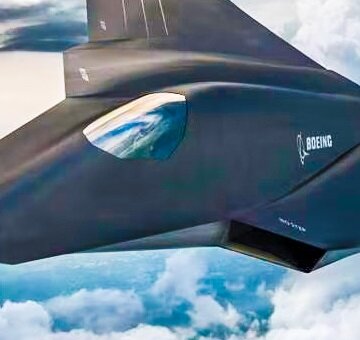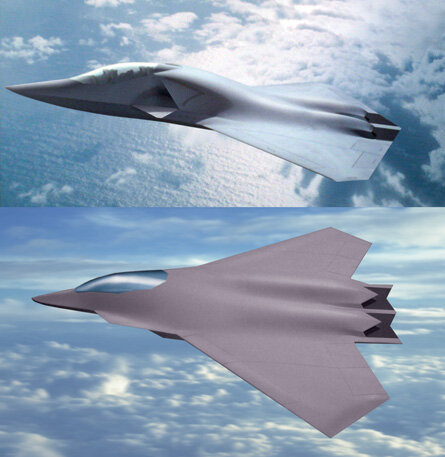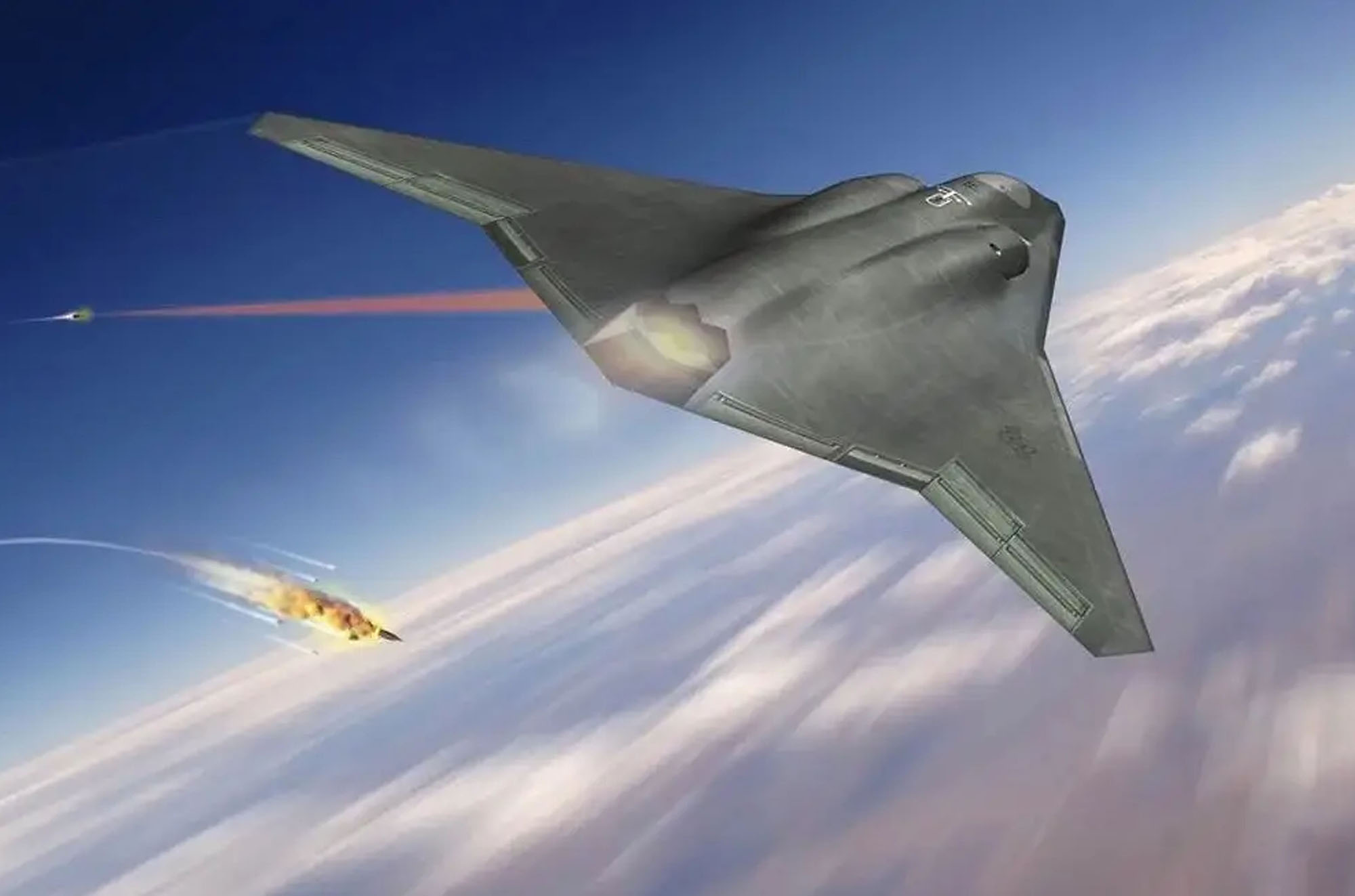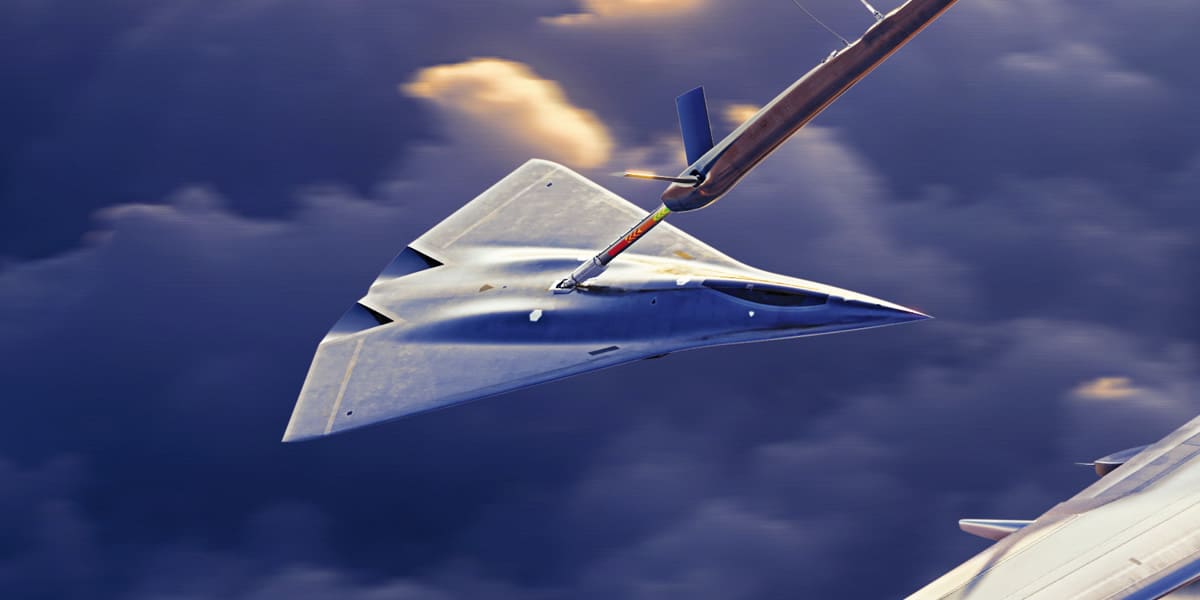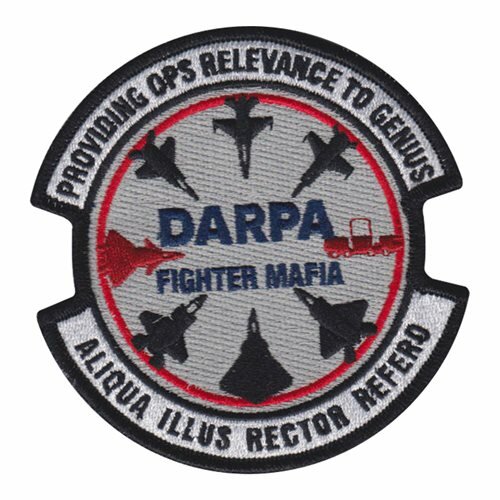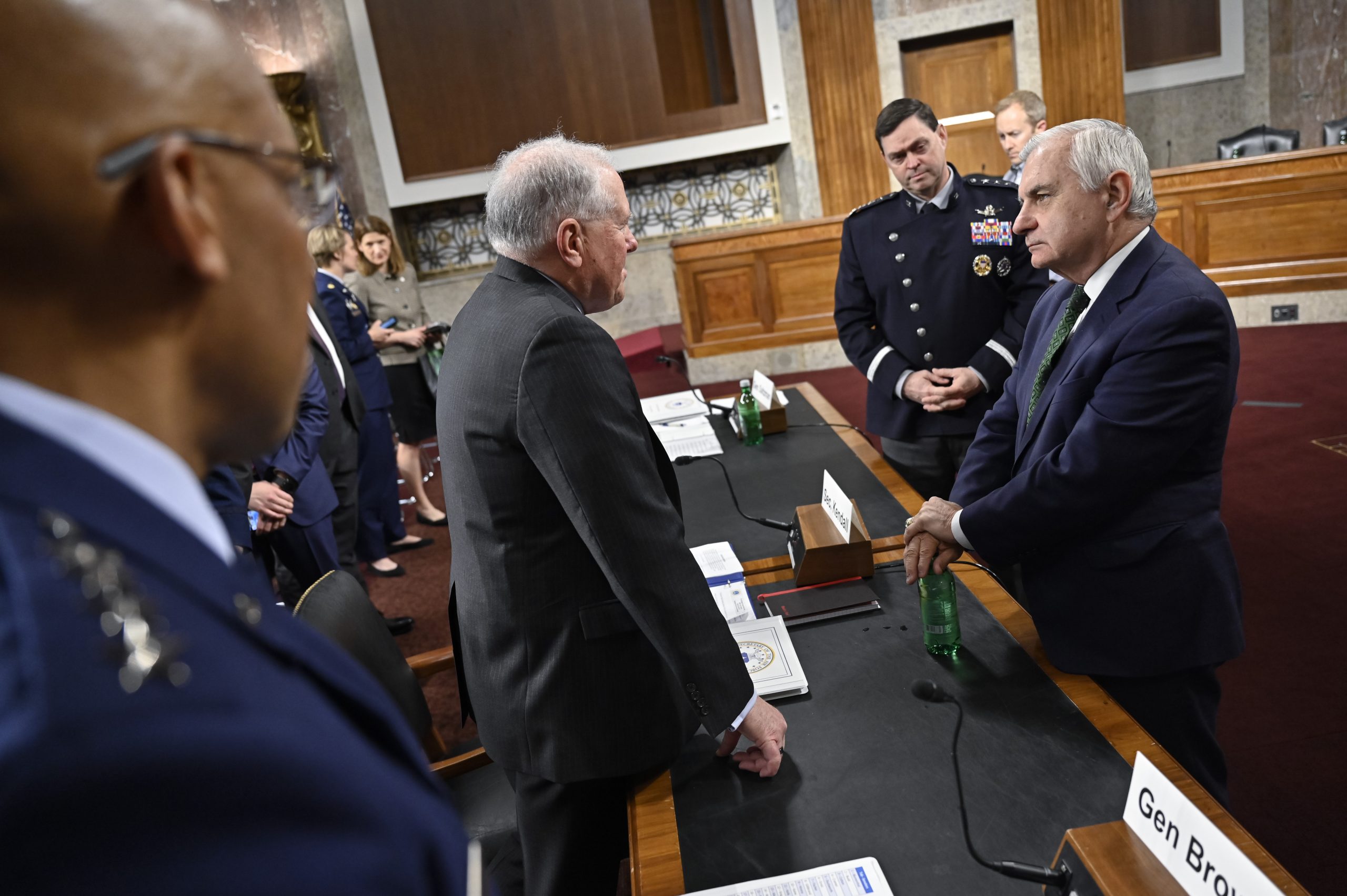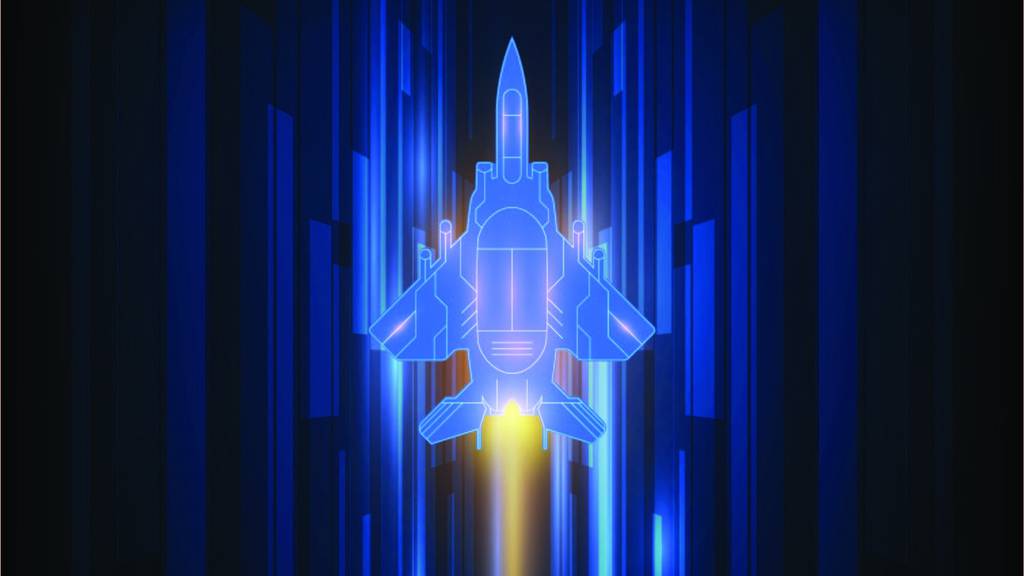- Joined
- 6 September 2006
- Messages
- 4,841
- Reaction score
- 9,496
But a manned aircraft has a brain - or two brains in a two-seater - to complete the mission under its own initiative if needs be. A UAV without a datalink is just a flying airprox hazard until the fuel runs out. Maybe one day AI will enable a UAV to carry out its mission autonomously without any datalink, but in the here and now that's not possible.It's a good job that our crewed aircraft aren't also critically dependent on those same communication links. Oh wait...
Of course GPS-equipped weapons are just as vulnerable too - perhaps too many eggs in one basket.


